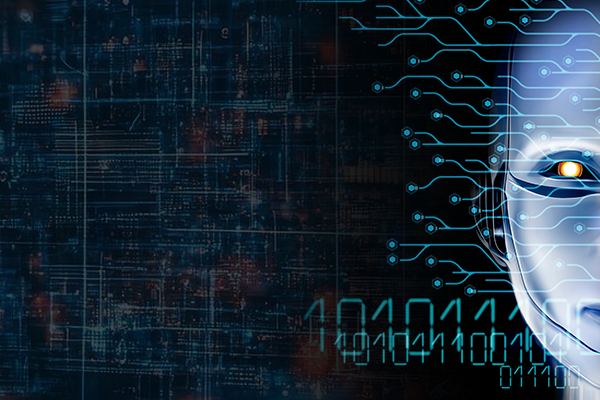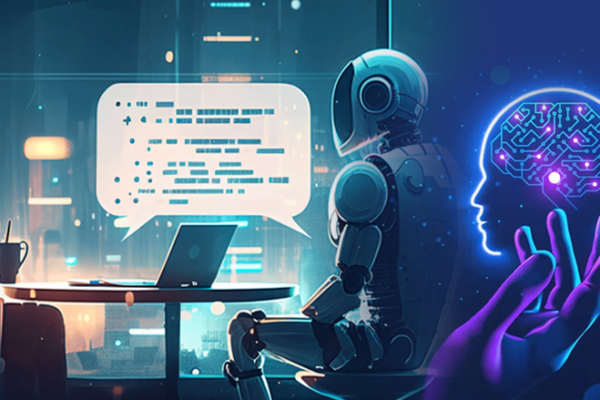In today’s data-driven world, businesses rely more than ever on image data for tasks like product recognition, anomaly detection, and visual search, making it essential to process large volumes of images efficiently. Generative AI (GenAI) models, especially those used for creating and enhancing images, can turn raw data into meaningful and engaging visuals. By using advanced algorithms, GenAI generates realistic images, text, and visualisations, making complex information easier to understand. Unlike traditional AI, which focuses on identifying patterns or processing language, GenAI creates entirely new content, adding a creative element to automation. However, to unlock the full potential of GenAI, it’s crucial to build a robust infrastructure that can handle large datasets smoothly.
Building a Gen AI model for Image Synthesis
Generative AI models have revolutionised image creation, enabling businesses and content creators to generate unique, high-quality visuals. These models use sophisticated algorithms to analyse large image datasets, learning intricate patterns and relationships to produce new images that convincingly mimic the training data. They don’t simply manipulate existing images but delve into the underlying structure, allowing for the generation of realistic and innovative content.
Types of Generative AI Models for Image Synthesis
- Generative Adversarial Networks (GANs): Generative Adversarial Networks consist of two neural networks, a generator and a discriminator, trained simultaneously through adversarial processes. The generator creates images while the discriminator evaluates their authenticity, leading to highly realistic outputs. GANs are widely used for image synthesis, style transfer, and super-resolution, producing high-resolution and convincing images.
- Variational Autoencoders (VAEs): Variational Autoencoders encode input data into a latent space and decode it back into the original space. By combining autoencoders and probabilistic graphical models, VAEs create compressed representations in a continuous latent space. This allows for probabilistic sampling, generating diverse outputs. VAEs are used for image denoising, reconstruction, anomaly detection, enhancing image quality and identifying outliers.
- Autoregressive Models: Autoregressive models generate images one pixel or patch at a time, conditioned on previously generated ones. They learn the probability distribution of the data sequentially, allowing precise control over the output. These models are useful for pixel-level image generation, text-to-image synthesis, and image completion, creating detailed and accurate images through a step-by-step process.
- Diffusion Models: Diffusion models generate images by iteratively denoising a sample of Gaussian noise. Starting from pure noise, the model gradually refines the image, allowing for fine-grained control over the generation process. These models are used for image inpainting, enhancement, and creative image generation, producing high-quality, detailed images and novel artistic styles.
These examples highlight the diversity of generative AI models for image synthesis. The field is continually evolving, with new architectures and techniques emerging, making the future of image creation filled with exciting possibilities.
Constructing a Generative AI Model for Image Synthesis
The process involves several crucial steps. First, gather a diverse and extensive dataset of images, ensuring it covers various angles, backgrounds, and lighting conditions. Preprocess the dataset by standardising image size, resolution, and format, and apply data augmentation techniques to enhance diversity. Next, choose an appropriate generative model architecture, such as GANs or VAEs, based on the desired outcome and data complexity. Implement the model with the necessary infrastructure, ensuring seamless integration, real-time generation, scalability, and user training.
During training, iteratively update the model’s parameters to minimise the difference between generated and actual images, optimising for indistinguishability. Evaluate the model using metrics like Inception Score and Fréchet Inception Distance (FID) and apply fine-tuning techniques if needed. Finally, generate new images by providing random input to the model’s generator, showcasing the model’s ability to synthesise novel content from the training data.
The Noventiq Advantage
Conclusion:
With that said, building a robust infrastructure for high-volume image processing with Generative AI is essential for businesses seeking to leverage the full potential of image data. From product recognition to creative content generation, GenAI offers transformative capabilities that go beyond traditional AI, enabling businesses to create realistic and engaging visuals at scale. As the field of GenAI continues to advance, those equipped with robust, scalable infrastructure will be best positioned to capitalise on the growing demand for innovative, data-driven visual solutions.







